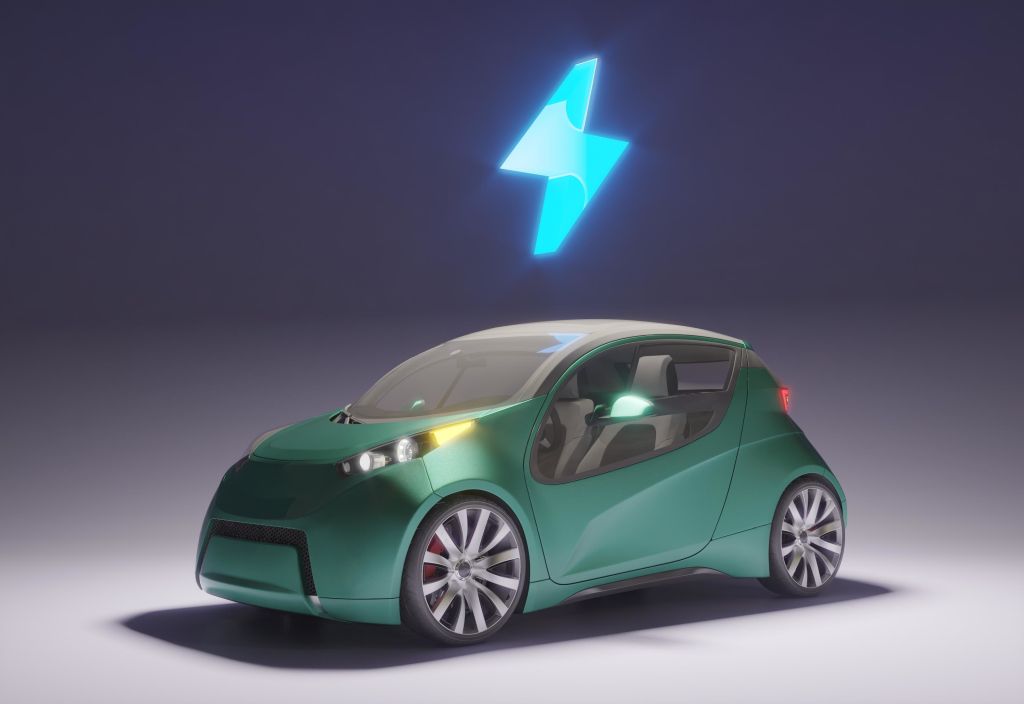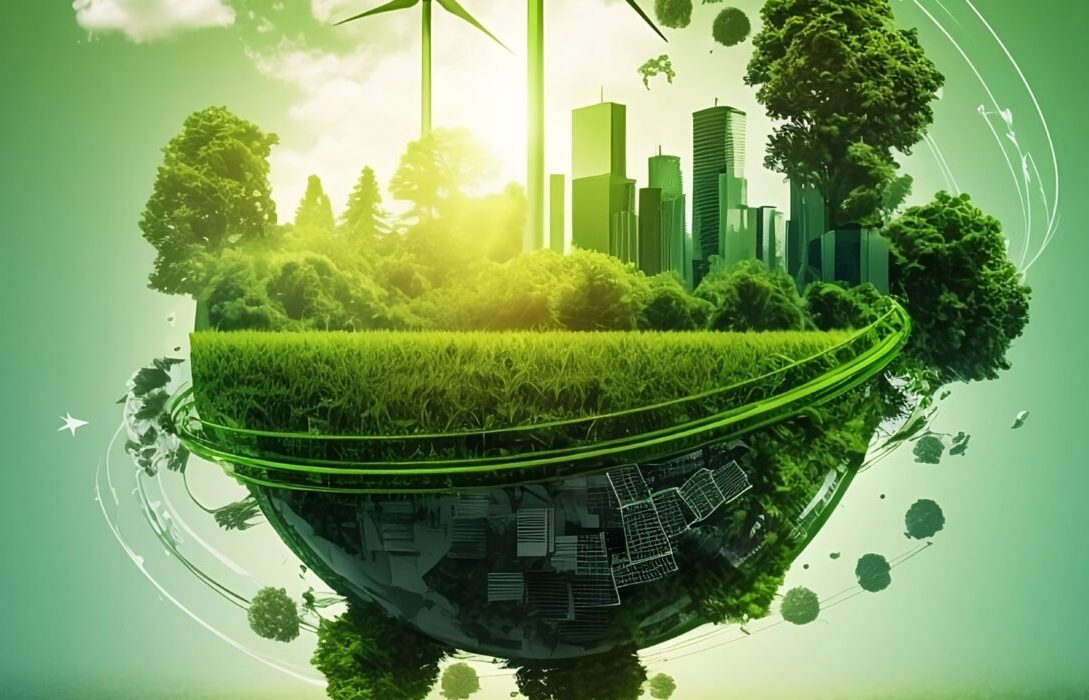In recent years, electric vehicles (EVs) have taken the world by storm, becoming a symbol of sustainability and innovation. But their potential goes beyond just reducing carbon emissions. Recent advancements in EV technology have unlocked a groundbreaking capability: powering your home for up to three days. This transformative feature has implications for energy resilience, cost savings, and sustainability, making EVs not just a transportation tool but also a key component of a smarter, more adaptable energy grid.
The Technology Behind EV-to-Home Power
At the heart of this revolution lies bidirectional charging. Unlike traditional EV chargers that only draw energy from the grid to charge the vehicle, bidirectional chargers allow energy to flow in both directions. This means that the electricity stored in an EV’s battery can be fed back into your home or even the grid when needed.
One of the technologies enabling this is Vehicle-to-Home (V2H) integration. V2H systems connect EVs to a home’s electrical network, allowing the car’s battery to act as a backup power source during outages or peak energy demand periods.
Another related technology, Vehicle-to-Grid (V2G), extends this concept by enabling EVs to share stored energy with the broader power grid, contributing to grid stability and potentially earning their owners financial incentives.
How Can EVs Power Your Home?
Modern EVs, such as the Ford F-150 Lightning and the Nissan Leaf, are equipped with large-capacity batteries that store significant amounts of energy—enough to power an average home for two to three days, depending on usage. Here’s how the process works:
- Installation of a Bidirectional Charger: To enable V2H or V2G capabilities, a compatible charger must be installed in your home.
- Energy Flow Management: During a power outage or high-demand period, the system draws electricity from your EV’s battery to supply power to your home.
- Battery Monitoring: Advanced software ensures that the vehicle retains enough charge to meet your driving needs, prioritizing energy allocation.
The Benefits of Using EVs for Home Power
1. Energy Resilience
Natural disasters and extreme weather events are becoming more frequent, often causing prolonged power outages. With an EV capable of powering your home, you can maintain essential services like lighting, refrigeration, and communication devices, reducing the stress of blackouts.
2. Cost Savings
By using your EV to offset peak electricity usage, you can significantly lower your energy bills. Many energy providers offer time-of-use pricing, where electricity costs less during off-peak hours. With a V2H system, you can charge your EV during these cheaper hours and use the stored energy when rates are higher.

3. Environmental Impact
Using renewable energy sources like solar panels to charge your EV and power your home creates a self-sustaining energy loop. This reduces dependence on fossil fuels and lowers greenhouse gas emissions.
4. Grid Stability
V2G technology can help balance energy supply and demand on the grid. During periods of high demand, EVs can discharge stored energy back to the grid, reducing the need for fossil fuel-based peaker plants and supporting the integration of renewable energy sources.
5. Dual-Purpose Investment
An EV with V2H or V2G capabilities offers more than just transportation—it’s a mobile energy storage unit. This dual functionality enhances the value of your investment.
Limitations and Challenges
While the benefits of EV-powered homes are significant, there are some challenges to consider:
- Upfront Costs: Installing a bidirectional charger and integrating the system with your home’s electrical network can be expensive.
- Battery Degradation: Frequent cycling of your EV battery for home power could accelerate wear and reduce its lifespan.
- Compatibility: Not all EVs and chargers support bidirectional charging. It’s essential to choose a compatible system.
- Energy Storage Limits: The duration for which your EV can power your home depends on the battery’s size and your energy consumption habits.
The Future of EV-to-Home Technology
The integration of EVs into home energy systems is just the beginning. As battery technology improves, the capacity and efficiency of EV batteries will increase, allowing them to store more energy and discharge it more effectively.
Additionally, advancements in smart home technology will enable seamless energy management, optimizing when and how energy is used, stored, or shared. Imagine a future where your EV, solar panels, and home appliances work together in harmony, creating a fully autonomous energy ecosystem.
Governments and utility companies are also recognizing the potential of V2H and V2G technologies. Incentives for adopting renewable energy solutions, combined with investments in grid infrastructure, are likely to accelerate the adoption of bidirectional charging systems.
Real-World Examples
- Ford F-150 Lightning: This EV has gained attention for its ability to power homes during outages. Ford’s Intelligent Backup Power system, combined with the F-150 Lightning’s large battery, can supply energy for up to three days under average usage conditions.
- Nissan Leaf: One of the earliest adopters of bidirectional charging, the Nissan Leaf is being used in pilot programs around the world to test V2G capabilities and their impact on grid stability.
- Tesla Powerwall Integration: While Tesla’s EVs do not yet support V2H, the company’s Powerwall batteries complement EVs by storing solar energy for home use, hinting at future possibilities for full EV integration.
Conclusion
The ability of electric vehicles to power homes for days represents a paradigm shift in how we think about energy and transportation. As this technology becomes more accessible and widespread, it promises to redefine energy resilience, reduce environmental impact, and offer homeowners greater control over their power usage.
With continuous innovation, the day when EVs become an integral part of every household’s energy strategy is fast approaching. By embracing these advancements, we can move closer to a future where energy is cleaner, smarter, and more reliable for everyone.







